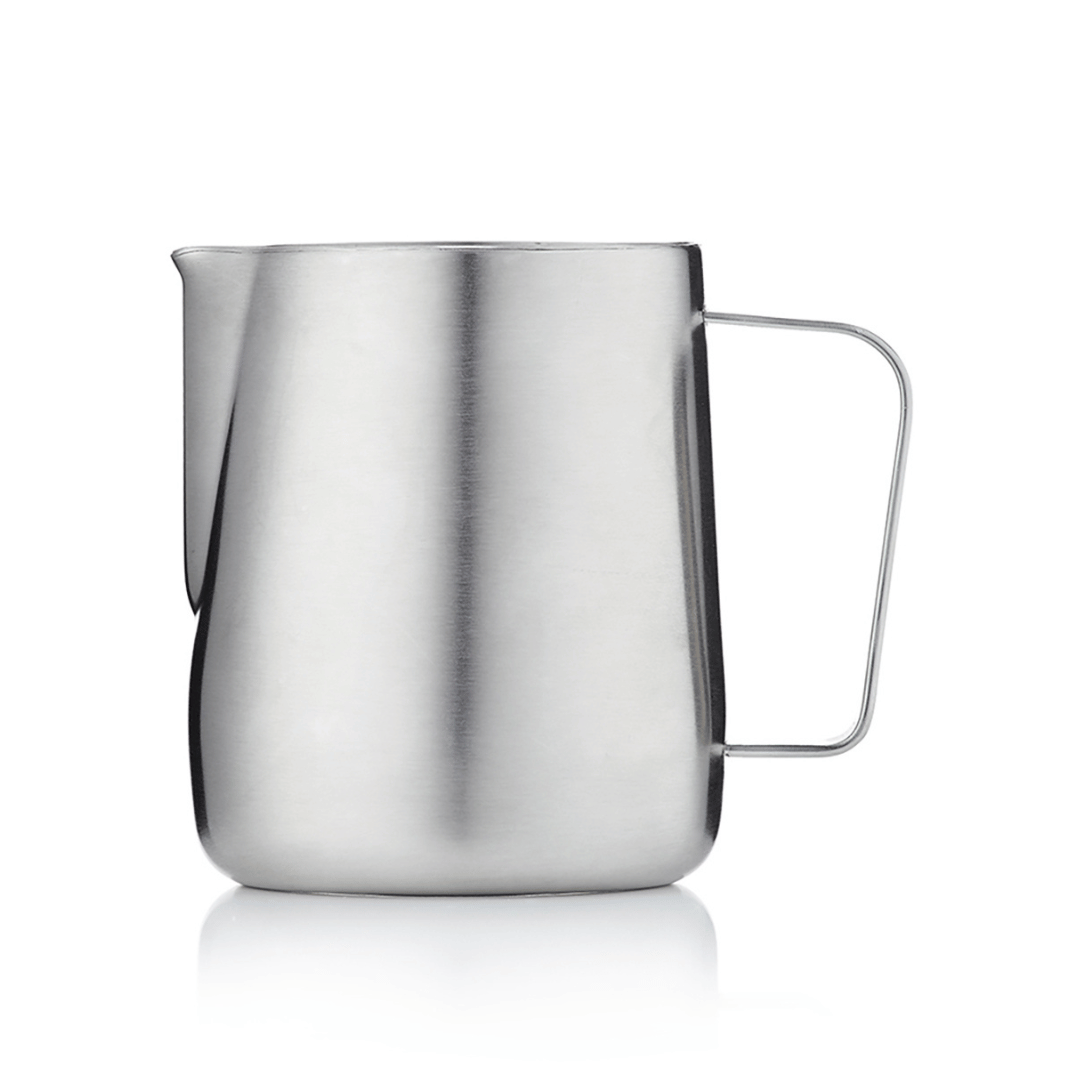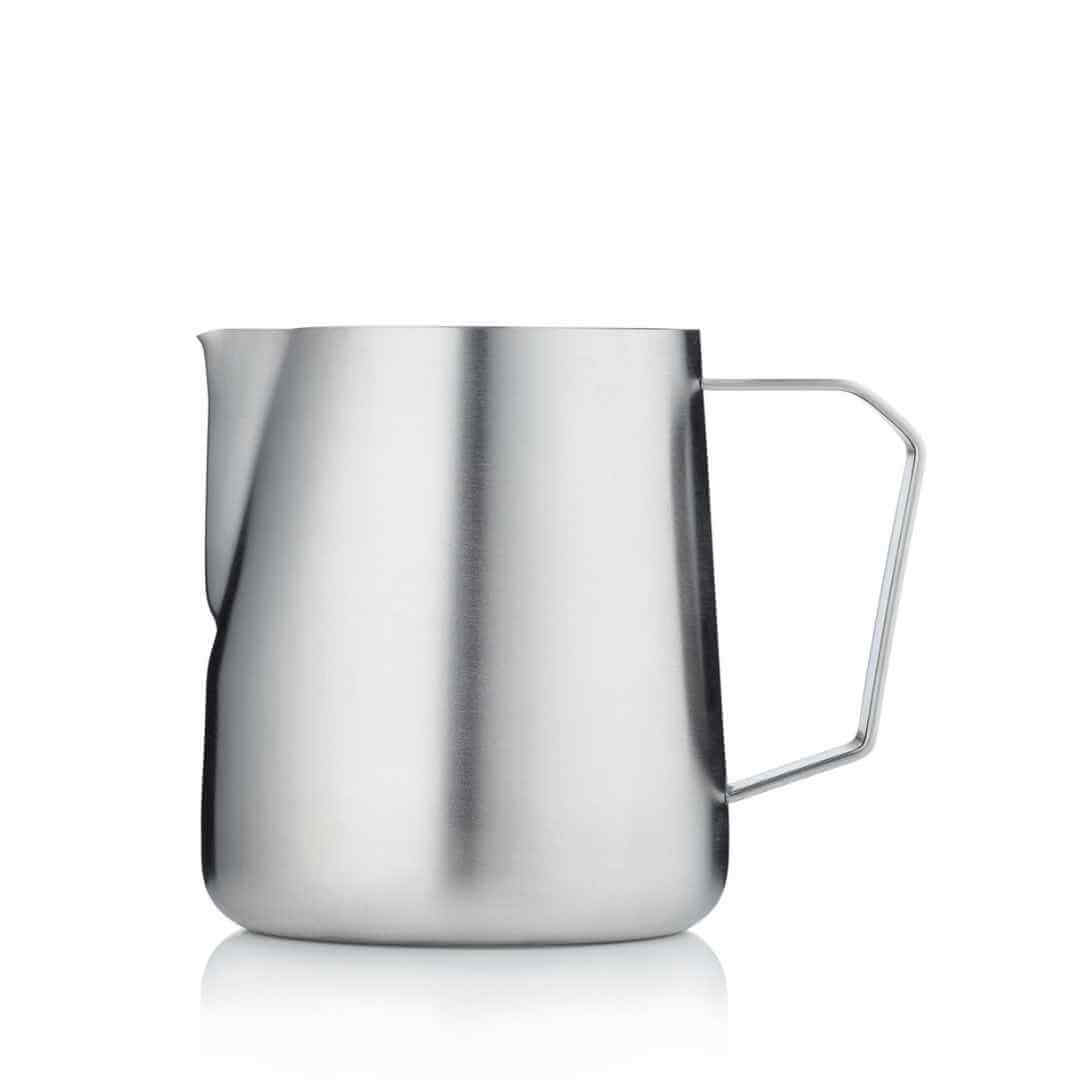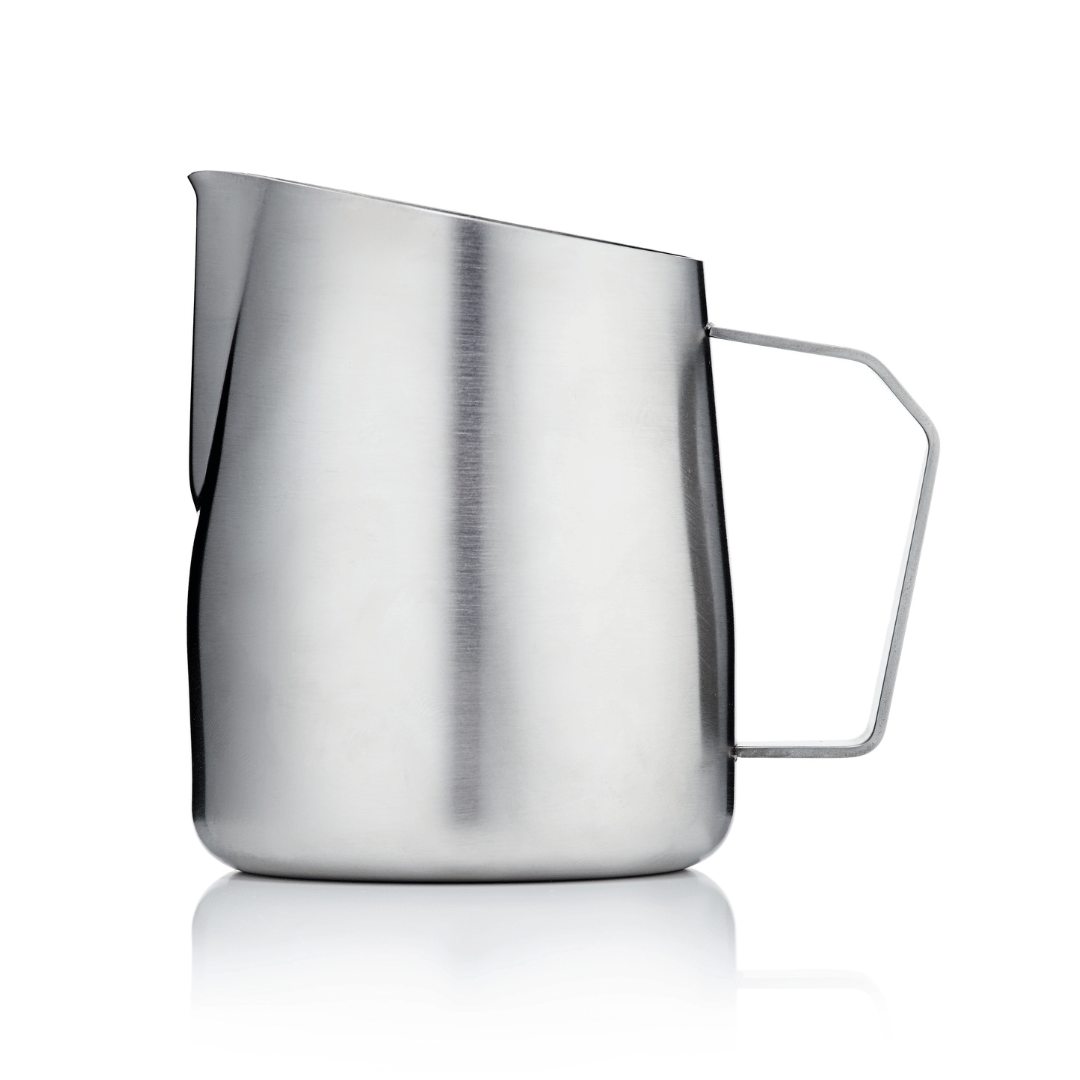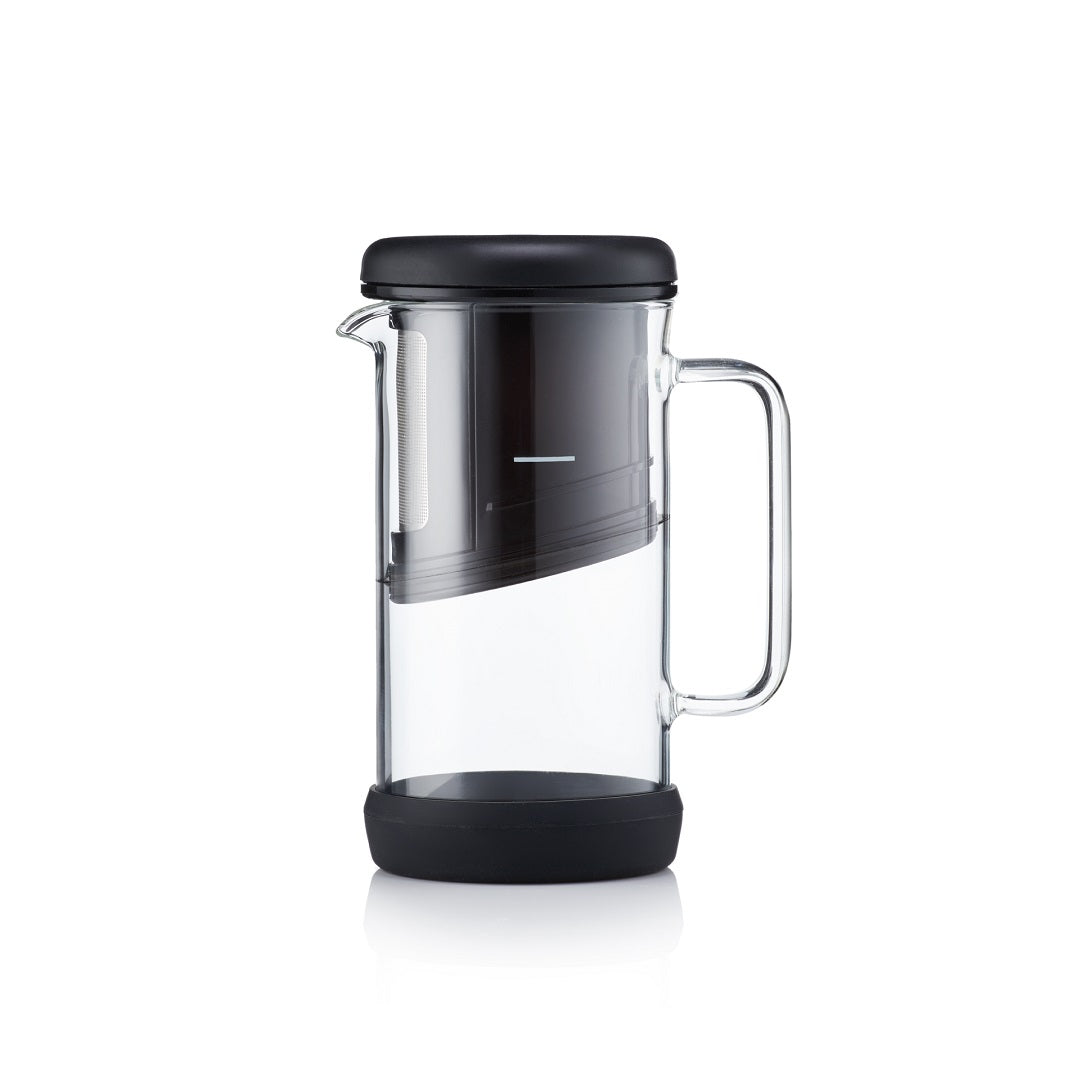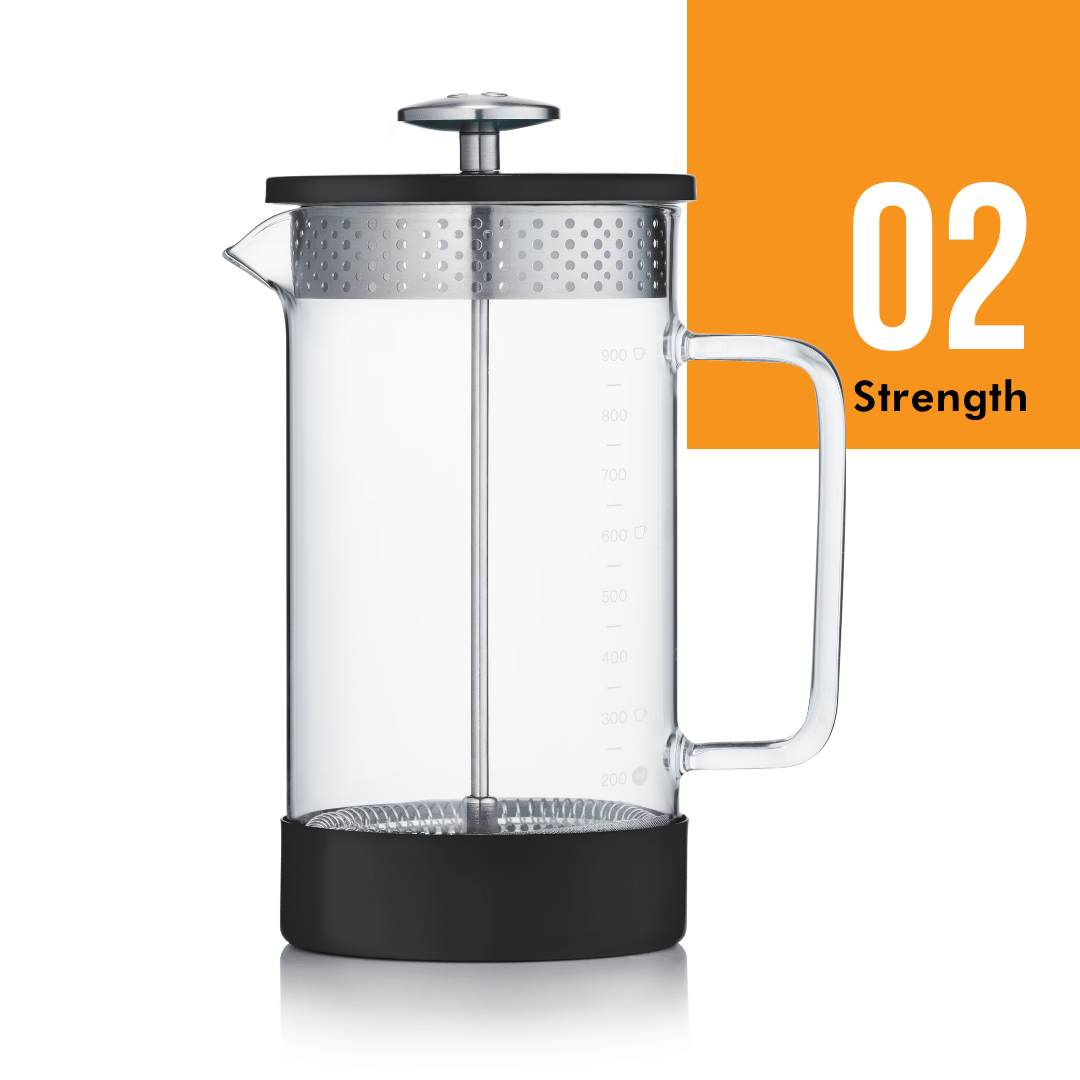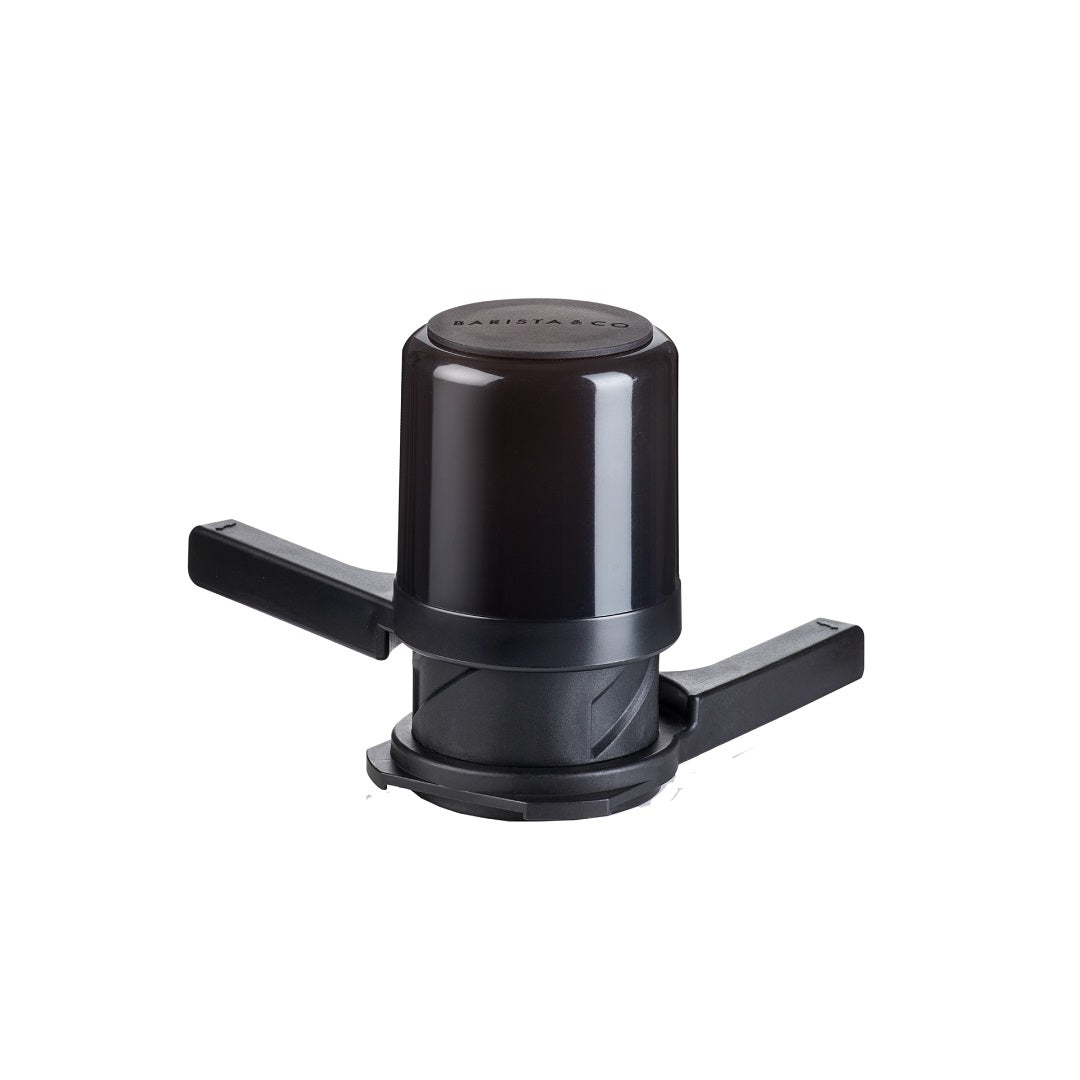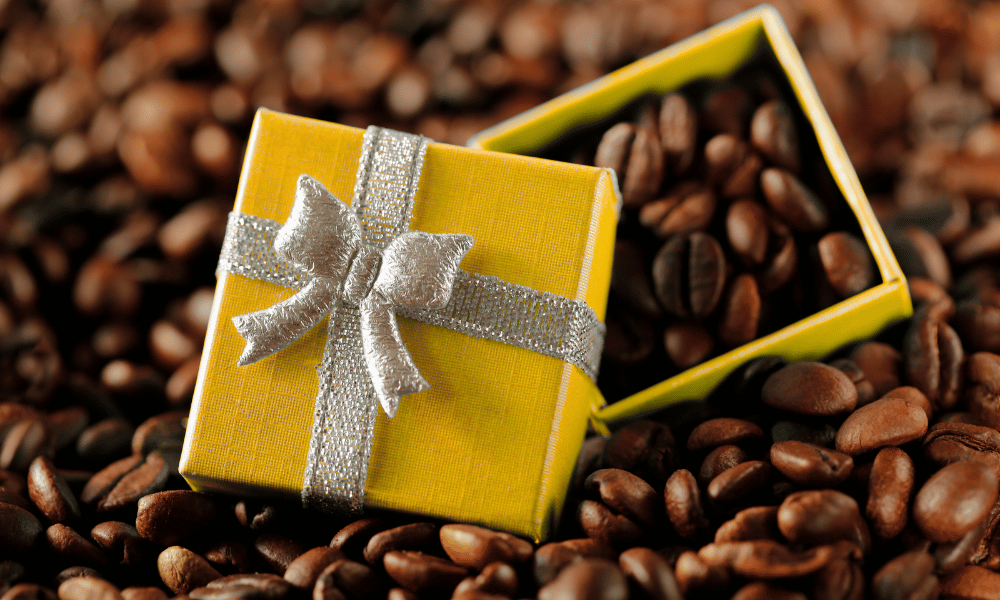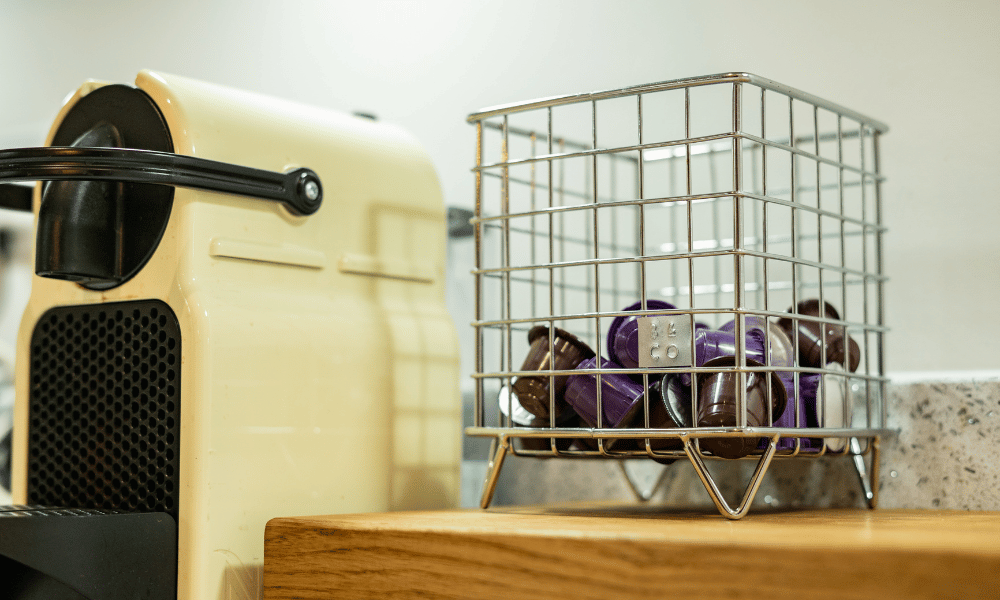Custom Print: Printing vs. Laser Etching
Printing and laser etching are two distinct methods used to create designs, text, or patterns on various surfaces. They differ in their processes, applications, and results. Here are the key differences between printing and laser etching:
Process:
Printing: Printing involves transferring ink or pigment onto a surface to create text, images, or graphics. Common printing methods include offset printing, digital printing, screen printing, and more. Each method uses different techniques to transfer ink onto the surface.
Laser Etching: Laser etching, also known as laser engraving, uses a high-powered laser beam to remove material from the surface of an object. The laser beam vaporizes or ablates the material, creating a permanent mark or design.
Surface Interaction:
Printing: Printing typically adds a layer of ink or pigment on top of the surface. The ink adheres to the surface, which may be paper, fabric, plastic, or other materials.
Laser Etching: Laser etching removes material from the surface, resulting in a mark that is often recessed or engraved into the material.
Durability:
Printing: Printed materials can vary in durability depending on the type of ink, substrate, and environmental conditions. Inks can fade over time and may be susceptible to wear and tear.
Laser Etching: Laser etching produces highly durable marks that are resistant to fading, scratching, and other forms of physical damage. The engraved mark is often permanent.
Materials:
Printing: Printing can be applied to a wide range of materials, including paper, cardboard, fabric, plastic, glass, and metal. The choice of ink and printing method depends on the material.
Laser Etching: Laser etching is most commonly used on materials like metal, glass, wood, plastic, and some ceramics. The suitability of a material for laser etching depends on its composition and how it reacts to the laser beam.
Precision and Detail:
Printing: Printing can achieve high levels of detail and colour accuracy, making it suitable for complex graphics, photographs, and colourful designs.
Laser Etching: Laser etching is known for its precision and ability to create intricate, fine-line designs, text, or patterns. It is often used for marking serial numbers, barcodes, and intricate artwork.
Speed and Efficiency:
Printing: Printing can be a fast and efficient process, especially for large print runs using industrial-grade printing equipment.
Laser Etching: Laser etching can be slower than printing, as it involves the precise removal of material, which may take more time depending on the complexity of the design and the material being etched.
In summary, printing and laser etching are two distinct methods with different purposes and characteristics. Printing is versatile and often used for adding colour and designs to various surfaces, while laser etching is preferred for creating durable and precise marks on materials like metal and glass. The choice between the two methods depends on the specific requirements of the project, including material type, durability, and design complexity.




